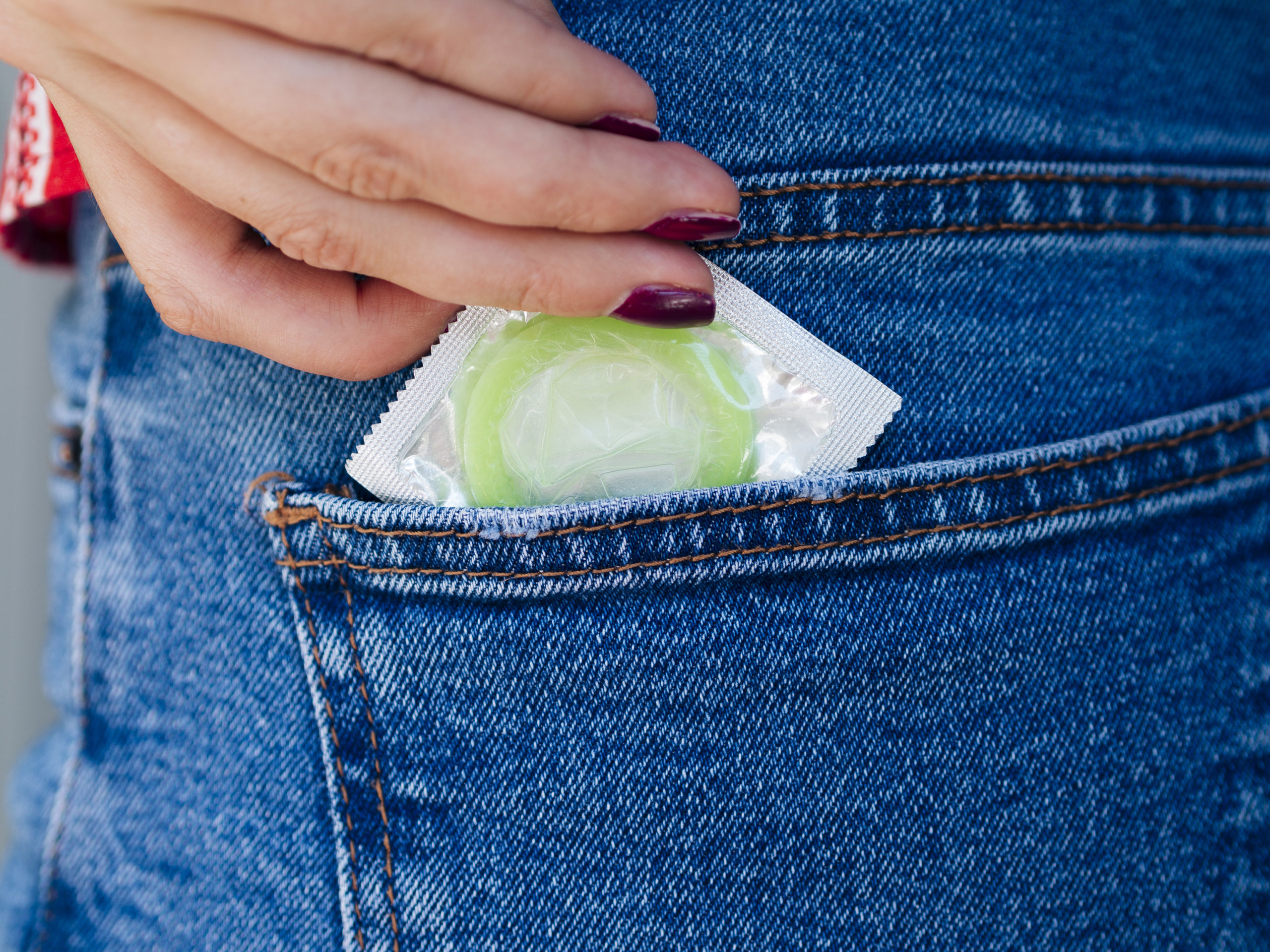STDs: Symptoms and Treatments
Millions of American’s are infected with sexually transmitted diseases (STDs) every year. STDs are passed from person to person through intimate physical contact, including vaginal, oral, and/or anal sex. Many STDs show no signs or symptoms (known as asymptomatic), however, even with no symptoms, the infection can be passed to sexual partners. Therefore, STD testing should be conducted regularly for anyone sexually active.
Types, Symptoms, and Treatments
Chlamydia
As the most commonly reported STD in the U.S., chlamydia is a bacterial infection of the genital tract spread through vaginal, oral or anal sex. It can be hard to detect because not all women have symptoms. When present, symptoms are usually mild and may include pain when urinating, vaginal discharge, lower abdominal pain, and bleeding between periods.
Treatment: chlamydia can be easily cured with antibiotics.
Gonorrhea
Another bacterial infection in the genital tract, gonorrhea can also grow in your mouth, throat, eyes, and anus. Symptoms can start as early as 10 days after exposure, but many people will not experience symptoms for months. Symptoms may include a thick vaginal discharge, heavy bleeding during or between periods, pain when urinating or during bowel movements, and anal itching.
Treatment: gonorrhea can be cured with prescribed medications.
Syphilis
Another bacterial infection, syphilis affects the genitals, skin and mucous membranes, but it can also involve other parts of your body, including the brain and heart. Symptoms occur in three stages, with early signs being a small painless sore at the sight of infection. As symptoms progress, they may include penny-sized sores, fever, fatigue, soreness, and enlarged lymph nodes. If untreated, syphilis can lead to blindness, paralysis, dementia, and numbness.
Treatment: Syphilis can be cured with the right antibiotics, however, treatment will not undo any damage that the infection has already caused.
Trichomoniasis
This common STD is caused by a microscopic, one-celled parasite. Symptoms typically occur in five to 28 days of exposure and range from mild to severe. Symptoms may include clear or cloudy vaginal discharge, vaginal order or itching, and pain when urinating.
Treatment: trichomoniasis can be cured with a single dose of antibiotics.
Human papillomavirus (HPV)
Most sexually active people will get HPV at some point in their lives. HPV puts women at higher risk of cervical cancer. There are more than 100 strains of HPV and many do not cause symptoms, however, certain strains will cause genital warts.
Treatment: There is no treatment for the virus itself, but there are treatments for health problems caused by HPV. Additionally, there is a safe and effective vaccination to protect against HPV that is recommended for anyone 11 years or older.
Hepatitis
Hepatitis A, B, and C are contagious viral infections that affect the liver, however, hepatitis B and C are more serious. Not all people will develop symptoms, but those that do may experience fatigue, nausea, abdominal pain, fever, muscle pain, itching, loss of appetite, or jaundice.
Treatment: hepatitis A and B often go away within four to eight weeks on their own. New drugs are being used to treat and possibly cure hepatitis C.
Genital Herpes (HSV)
A highly contagious STD caused by a type of the herpes simplex virus (HSV). HSV enters the body through small breaks in the skin or mucous membranes. Signs and symptoms are very mild and frequently go unnoticed, so many people with HSV never know they have it.
Treatment: While there is no cure for herpes, medication can reduce symptoms and make it less likely to spread to others.
HIV
An infection with the human immunodeficiency virus, HIV interferes with the body’s ability to fight off viruses, bacteria, and fungi that cause illness. It can lead to AIDS, a chronic, life-threatening disease. Early symptoms may include headache, fever, sore throat, swollen lymph glands, and fatigue.
Treatment: There is no cure, but treatment will help to prevent complications and spreading.
Takeaway
As shown above, some STDs can be “easily” cured in a simple dosage of antibiotics, while others cannot be cured. The safest measure is to use protection in the form of latex condoms. Adults in monogamous relationships should have both partners checked for STDs before considering unprotected intercourse. Lastly, have all young adults 11 to 26 vaccinated against HPV.

